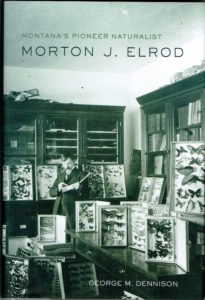 Wunderkammer (Cabinet of Wonders)
Wunderkammer (Cabinet of Wonders)
Modern day museums evolved from the Cabinets of Curiosity that originated as far back as the 1500’s and reached their peak of popularity in the Victorian Era. They were collections of extraordinary objects that categorized and told stories about the wonders and oddities of the natural world.
I have always been a collector. As Georgia O’Keefe said, “ I have picked flowers where I found them—have picked up sea shells and rocks and pieces of wood …When I found the beautiful white bones on the desert I picked them up and took them home too…I have used these things to say what is to me the wideness and wonder of the world as I live in it.”
Working in the Morton J. Elrod Collection at the University of Montana I had the rare opportunity to work with specimens that dated back to Elrod’s original collections. At the same time I was reading George Dennison’s biography of Elrod and his scientific curiosity and sense of wonder in nature became a part of my own vision. I hope the three curiosity cabinets I created from my experiences as Artist in Residence at the Montana Natural History Center inspire that same sense of wonder in you.
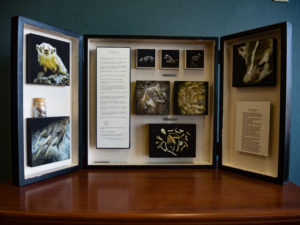 Articulating a Story
Articulating a Story
Leslie Marmon Silko’s story Skeleton Fixer has been the guiding myth through my career as a writer, photographer and book artist. Gathering ideas, experiences and insights I strive to fit them all together to tell a story, a story that may intrigue, inspire and resonate with my “readers.”
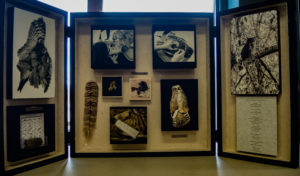 Haunted by Owls
Haunted by Owls
Last January I came across an owl that had just been hit by a car. I brought it to the museum at the University and was thrilled when Libby Beckman, the curator allowed me to be present as she prepared it as a speciman. Before she began she carefully checked it for molting, then separated the feathers on its abdomen to find the patch of bare skin where birds use their body heat to incubate their eggs. Opening up the owl’s stomach we discovered the half digested remains of a dove, whose own stomach contained the seeds it had just eaten. Removing the eye, I was amazed to see the long bony tube that encased it which protects the long rods they use to see in the dark.
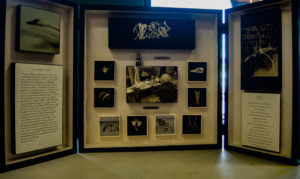 Swan Song
Swan Song
The articulation of bones to create a skeleton has always held a fascination for me, so I was very excited when I had the opportunity to watch Larry DePute work on the trumpeter swan. The first time I met Larry he was making a magic wand from a bone for a baby shower, and I knew I had found a soul mate. Seeing the hollow structure of the bones that allows these birds such grace in flight and looking into the elliptical curve of it’s windpipe that gives it it’s distinctive call was a revelation.
All are on view at the Montana Natural History Center, along with my Bone Spirit series through the end of March.

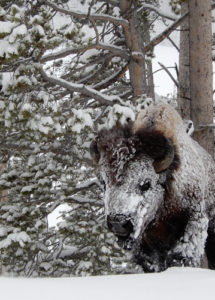
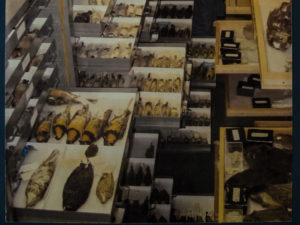 This winter I had the incredible opportunity to be the Artist in Residence at the Montana Natural History Center. It was truly an adventure in curiosity and wonder. The collections, both at the center and at the Philip L. Wright Zoological Museum at the University of Montana opened up the natural world in new ways, with the diversity and complexity of the life contained in those cabinets and boxes
This winter I had the incredible opportunity to be the Artist in Residence at the Montana Natural History Center. It was truly an adventure in curiosity and wonder. The collections, both at the center and at the Philip L. Wright Zoological Museum at the University of Montana opened up the natural world in new ways, with the diversity and complexity of the life contained in those cabinets and boxes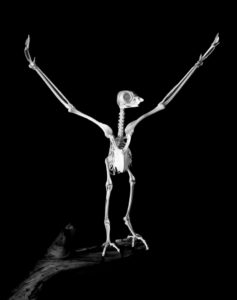 Curiosity and Wonder
Curiosity and Wonder